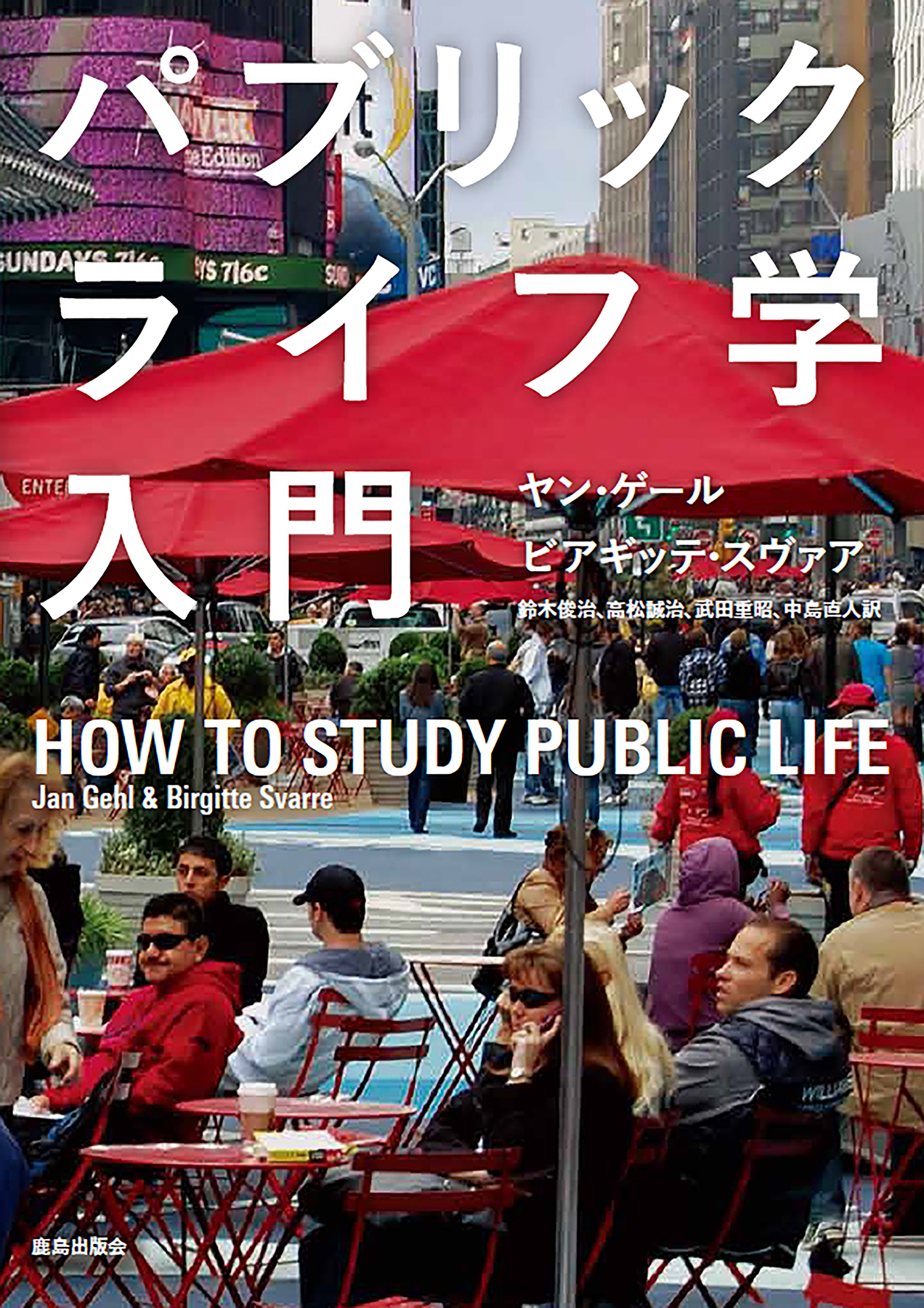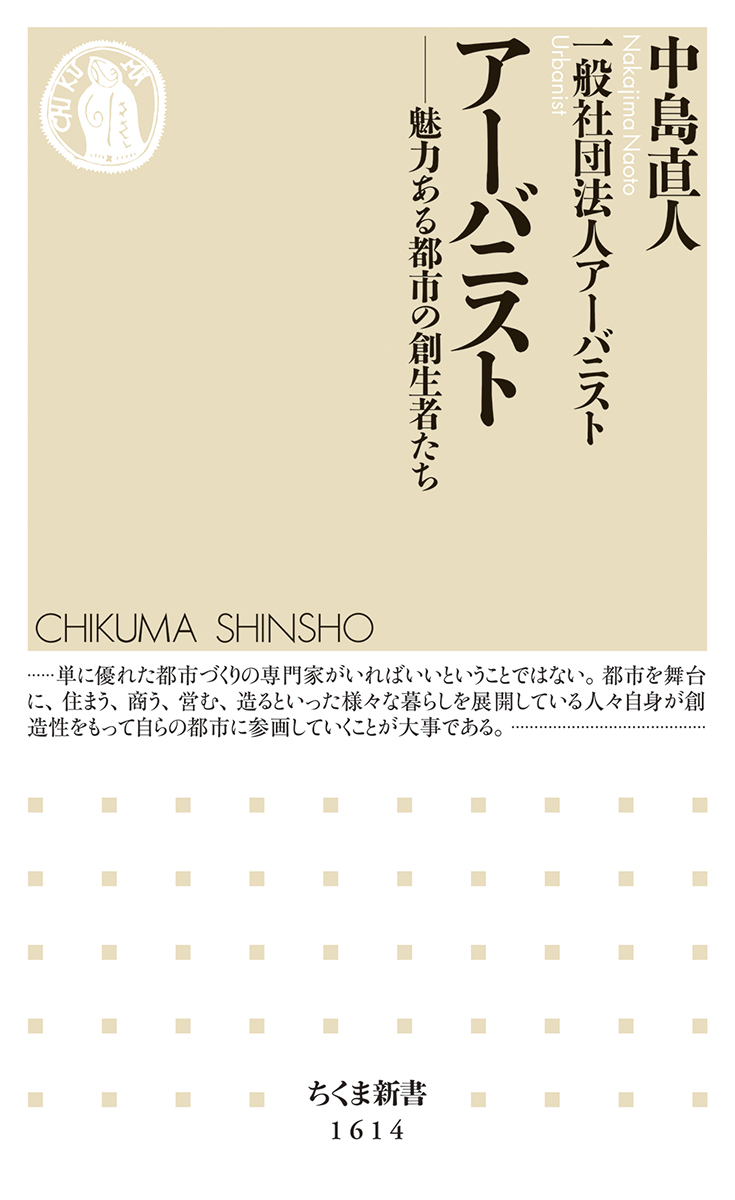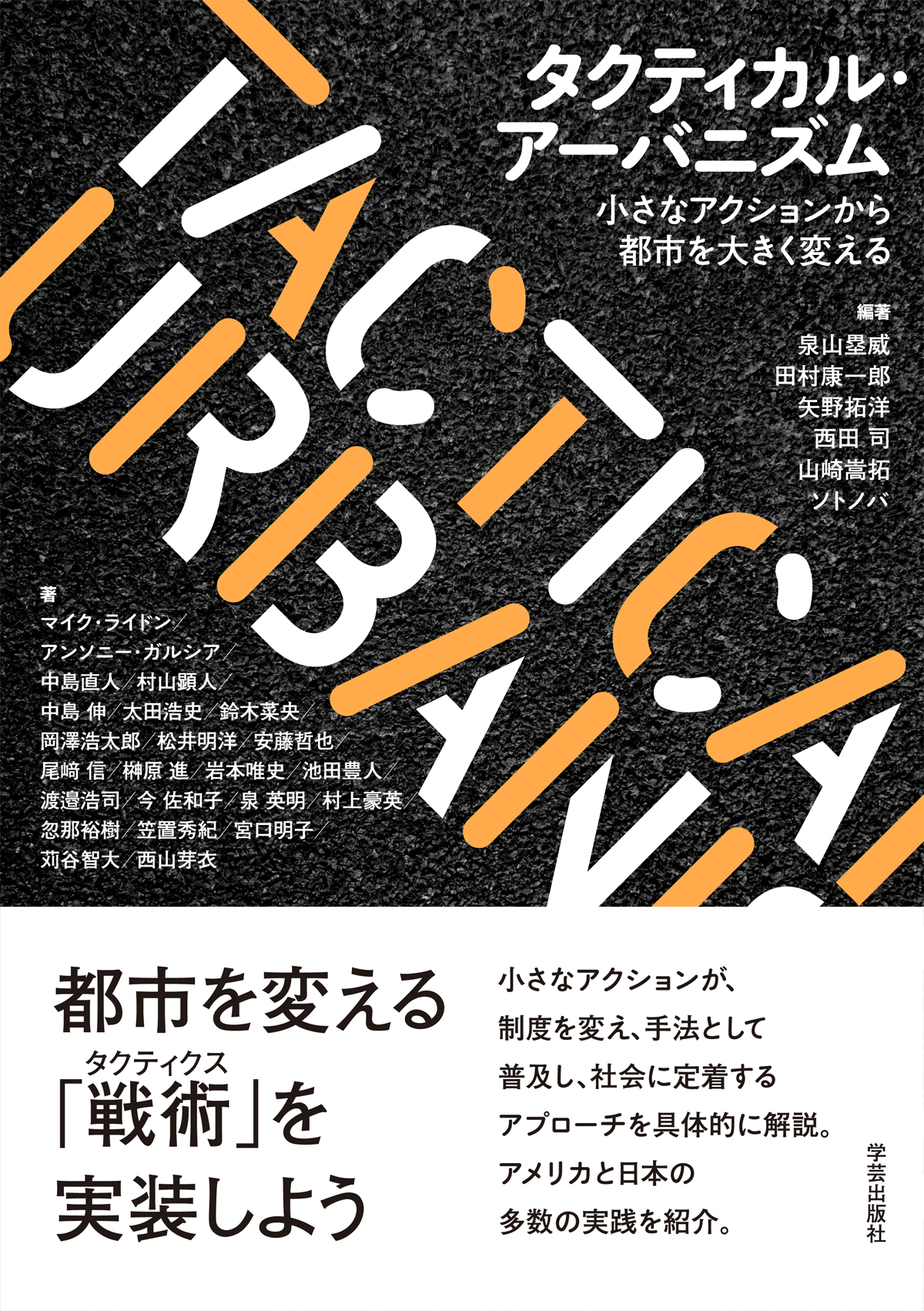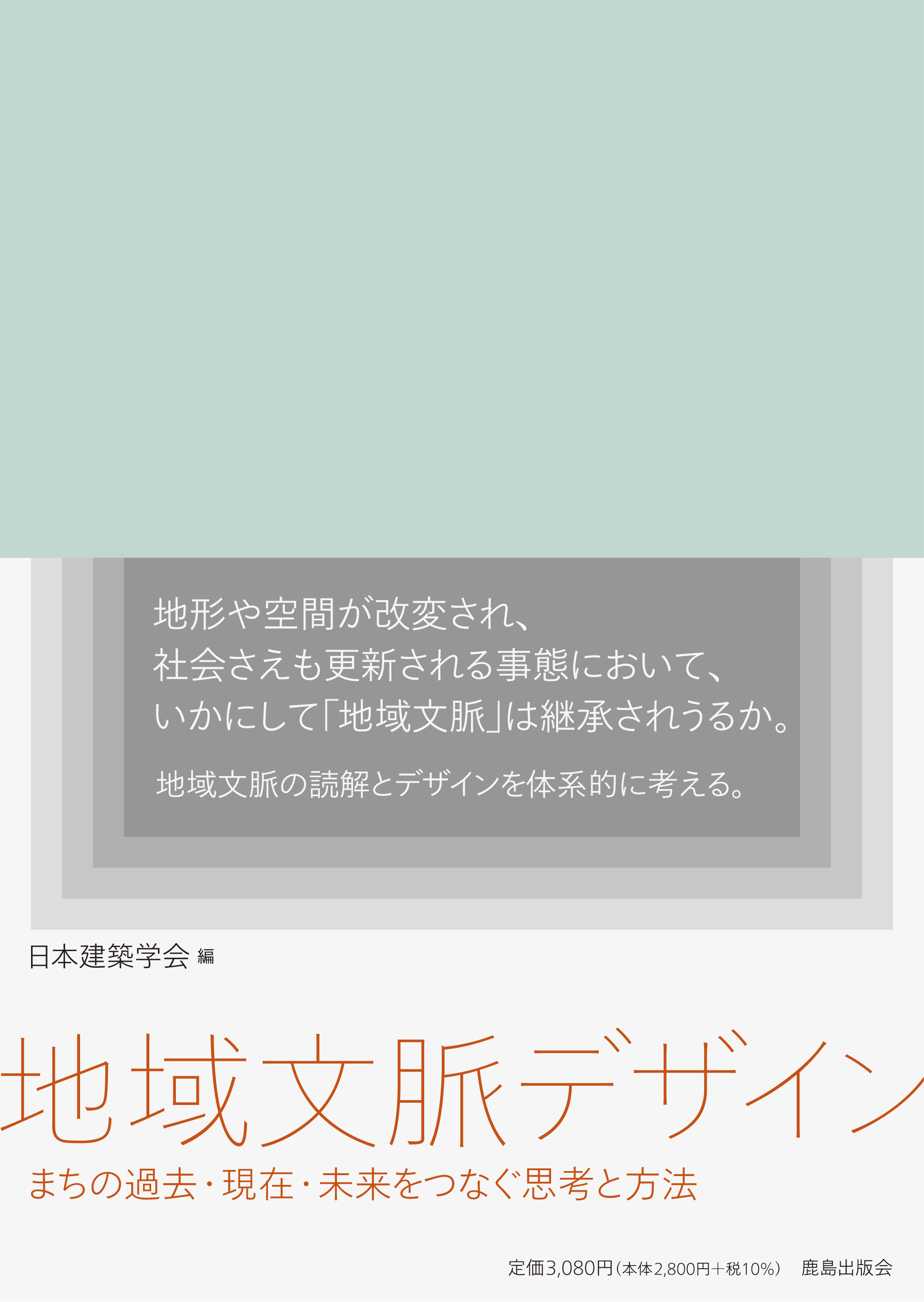
Title
Public Life-gaku Nyumon (How to Study Public Life)
Size
208 pages, B5 format
Language
Japanese
Released
July, 2016
ISBN
9784306073265
Published by
Kajima Publishing
Book Info
See Book Availability at Library
Japanese Page
Written by Jan Gehl, renowned worldwide for his book “Life between Buildings” (1971), and Birgitte Svarre, an employee at Gehl Architects, this work is an all-encompassing manual covering the methodology used in Gehl-style “life studies.” Though the title “How to Study Public Life” may call to mind the more standard “how to-”type books, it actually raises the idea of “public life,” tracing public life developments throughout history by discussing pioneers in the field and offering systematic discussion ranging from methods for understanding public life to municipal policy development processes. In short, this title serves as an introduction for a new area of study, one that may be referred to as “Public Life Studies.”
The “public life” proposed by Gehl is the life of human beings in public spaces. However, it also implies a related but separate viewpoint. According to Gehl, “good architecture ensures good interaction between public space and public life”; Public Life Studies is an inquiry into such interactions. Even if such interactions are presumed, however, this work makes a conscious choice to move away from the idea of public spaces, referring to just the physical spaces; as the human element is often overlooked by the people creating such spaces, the book chooses to focus only on this element when discussing matters of public life. Gehl states, “while architects and urban planners have been dealing with space, the other side of the coin - life - has often been forgotten. Perhaps this is because it is considerably easier to work with and communicate about form and space, while life is ephemeral and therefore difficult to describe”.
Gehl carried out studies recording the number of pedestrians on streets and specific acts in Copenhagen, where he is based, twice, in 1968 and 1986, purely for research purposes. In a similar study in 1996, he then added the clear objective of improving public spaces, incorporating civics as he carried out the work and using the title “Public Life Studies” for the first time. The creation of a platform for municipal space improvement, by undertaking such studies at regular five and 10-year intervals, was another objective. In 1994, a study was conducted in Melbourne, utilizing almost the same platform as the 1996 Copenhagen study. For both cities, public life studies were then regularly conducted. Gehl has also expanded these studies to New York, Sydney, London, etc. In New York in particular, the studies have helped guide measures to turn Broadway at Times Square, a representative example of pedestrian-exclusive use, into an open public space.
The writing of this book referenced Mr. Gehl’s own practical experience. Moreover, as touched upon earlier, it places his work among those of Public Life Studies pioneers, referring to a wide range of their publications and inquiry methods to help shape Public Life Studies further.
(Written by NAKAJIMA Naoto, Associate Professor, School of Engineering / 2021)



 Find a book
Find a book




